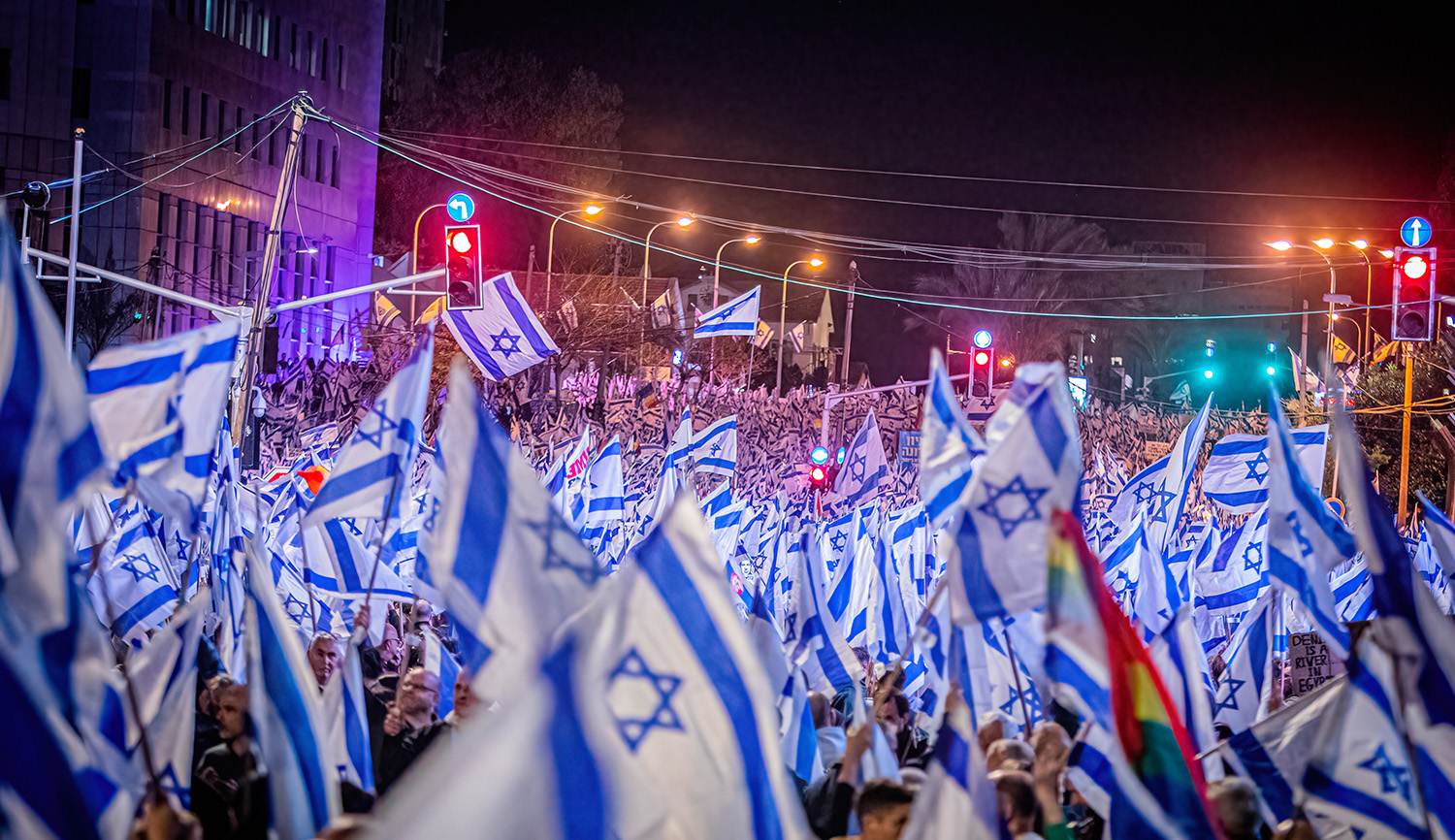Historically, the Indian subcontinent was home to several distinct Jewish populations, of which one of the oldest and most significant were the Bene Israel, most of whom eventually settled in Israel. Nissim Moses describes their role in the Zionist enterprise:
The Bene Israel played an important role in the creation and development of modern Israel from before the establishment of the state in 1948. They participated in activities in support of Jews suffering during the pogroms in tsarist Russia. Bene Israel community members began visiting Jerusalem and other parts of Israel during the late 1800s and early 1900s. They donated money toward building a well and plaque at Rachel’s Tomb and they served in Indian units in Palestine during World War I.
After World War II, Lieutenant Ellis Ashton of [Britain’s] 3rd Maratha Light Infantry Regiment became a prominent fighter in the Haganah, where he was given the code-name “Hodi” (meaning Indian in Hebrew). He smuggled Polish Jewish refugees into Israel through Iraq, issuing them false documents, and raided British arms and weapons depots. He . . . was killed in action when he was betrayed . . . to the British.
After Israel was established, most Bene Israel moved to the Jewish state. Today there are an estimated 5,000 members of Bene Israel left in India, while the community in Israel numbers more than 60,000.
But one of the most salient features about Indian Jewry is that it experienced almost no anti-Semitism. Its members came to Israel not out of fear of persecution but out of love for their homeland.
More about: Haganah, History of Zionism, Indian Jewry


